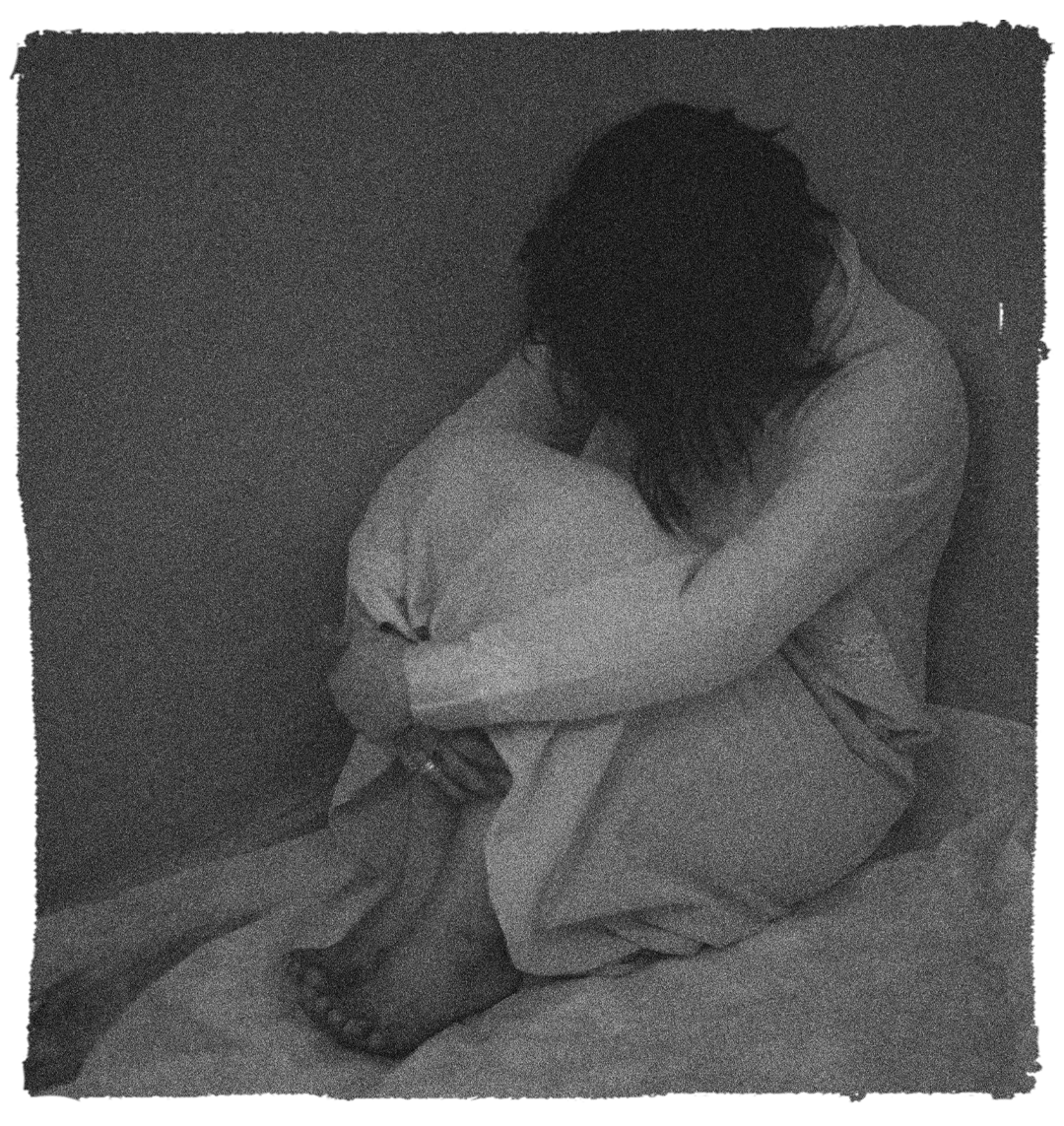Premenstrual syndrome (PMS) and premenstrual dysphoric disorder (PMDD) both have very similar physical and emotional symptoms. So, how can you tell which you’re suffering from?
We’re going to break down the similarities, differences, and offer some ways to help you deal with PMS or PMDD.
The topline
The reality is that PMDD is a more severe, and sometimes debilitating, extension of PMS. This means that many of the symptoms are the same, but worsened to the point where it can disrupt your daily life and even damage relationships.

How do the symptoms between PMDD vs PMS differ?
The common symptoms of PMS and PMDD include bloating, fatigue, sadness and irritability. However, in cases of PMDD, it's usually the emotional symptoms that are heightened and may result in:
- Extreme moodiness
- Depression
- Heightened anxiety
- A feeling of hopelessness
Research into both PMS and PMDD is still limited - as with many menstrual health issues - but in many cases underlying depression and anxiety causes these symptoms to elevate from PMS to become PMDD.

What are the treatments for PMDD?
Diagnosis and treatment of PMDD or PMS often differs from person to person and is dependent on the severity of the case.
Generally, for PMS, it's possible to manage some symptoms with lifestyle changes and home remedies such as increased exercise or certain diet changes. You may also want to try increasing your intake of nutritional supplements, like calcium or vitamin B-6, to help your body combat PMS and PMDD symptoms.
That said, more severe cases of PMS may need some over-the-counter medicine to help tackle your symptoms.
If you have PMDD, lifestyle changes may help somewhat to improve your condition, but it’s likely a doctor will prescribe medication too. There are a number of prescription drugs available for PMDD, but the two most common are:
Antidepressants
For the emotional symptoms of PMDD, such as mood swings and severe anxiety, doctors will often prescribe selective serotonin reuptake inhibitors (SSRIs). This specific type of antidepressant alters the levels of serotonin in your brain and should help to relieve many of the mood-related PMDD symptoms.
Birth control pills
When taking the pill, you don’t release an egg from your ovaries each month (ovulate), which can reduce the symptoms of PMDD. If you suffer from more physical symptoms such as aching or cramping, this may be the best option for you.

The bottom line
Most women suffer from some sort of premenstrual syndrome, whether it be minor or severe. If you’re struggling with either PMS or PMDD, you’re not alone! Try to implement lifestyle and nutritional changes and, if you’re still suffering or your symptoms are worsening, you may want to get professional support.
As with any medical condition that begins to affect your daily life, you should always speak to your GP for advice. The stigma surrounding menstruation still exists, but it’s so important you reach out to a healthcare professional if you’re struggling with PMS or PMDD.




